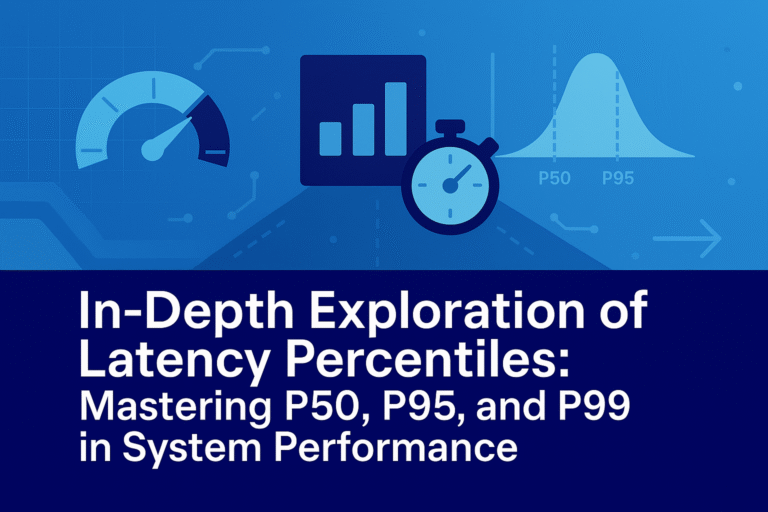QR Code
A QR code (abbreviated from Quick Response code) is a type of matrix barcode (or two-dimensional code) first designed for the automotive industry. More recently, the system has become popular outside of the industry due to its fast readability and comparatively large storage capacity. The code consists of black modules arranged in a square pattern on a white background. The information encoded can be made up of any kind of data (e.g., binary, alphanumeric, or Kanji symbols).
Use the below button to generate the QR Code Online.
| Data: |
Encryption
Although encrypted QR codes are not very common, there are a few implementations. An Android app, for example, manages encryption and decryption of QR codes using DES algorithm (56 bits).Japanese immigration use encrypted QR codes when placing visas in passports.
Error correction
Example of a QR code with artistic embellishment that will still scan correctly thanks to error correction.
Codewords are 8 bits long and use the Reed–Solomon error correction algorithm with four error correction levels. The higher the error correction level, the less storage capacity. The following table lists the approximate error correction capability at each of the four levels:
Level L
7% of codewords can be restored.
Level M
15% of codewords can be restored.
Level Q
25% of codewords can be restored.
Level H
30% of codewords can be restored.
Due to the design of Reed–Solomon codes and the use of 8-bit codewords, an individual code block cannot be more than 255 codewords in length. Since the larger QR symbols contain much more data than that, it is necessary to break the message up into multiple blocks. The largest possible block size is never used, though. The QR specification defines the block sizes so that no more than 15 errors can be corrected within each block. This limits the complexity of certain steps in the decoding algorithm. The code blocks are then interleaved together, making it less likely that localized damage to a QR symbol will overwhelm the capacity of any single block.
Thanks to error correction, it is possible to create artistic QR codes that still scan correctly, but contain intentional errors to make them more readable or attractive to the human eye, as well as to incorporate colors, logos and other features into the QR code block.
Encoding
The format information records two things: the error correction level and the mask pattern used for the symbol. Masking is used to break up patterns in the data area that might confuse a scanner, such as large blank areas or misleading features that look like the locator marks. The mask patterns are defined on a 6×6 grid that is repeated as necessary to cover the whole symbol. Modules corresponding to the dark areas of the mask are inverted. The format information is protected from errors with a BCH code, and two complete copies are included in each QR symbol.
The message data is placed from right to left in a zigzag pattern. In larger symbols, this is complicated by the presence of the alignment patterns and the use of multiple interleaved error-correction blocks.



